The Deforestation Clock ©
SGK-PLANET’s original contribution
to the fight against climate change
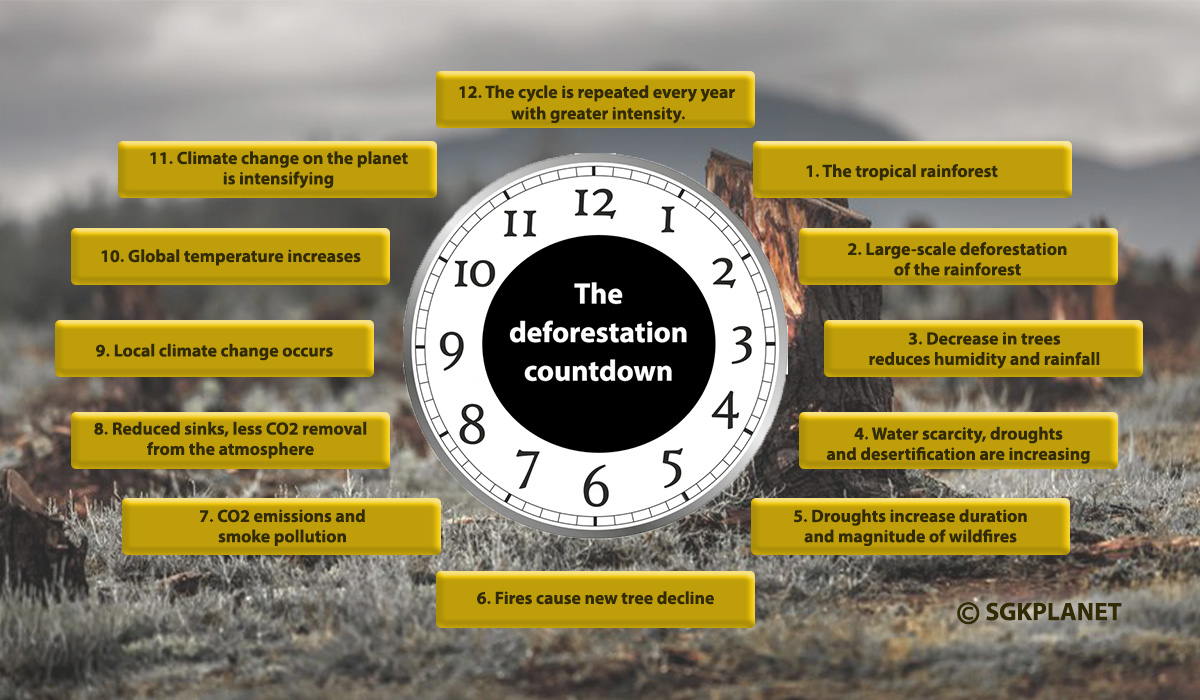
The deforestation countdown…
…is real and does not wait
1 The tropical rainforest
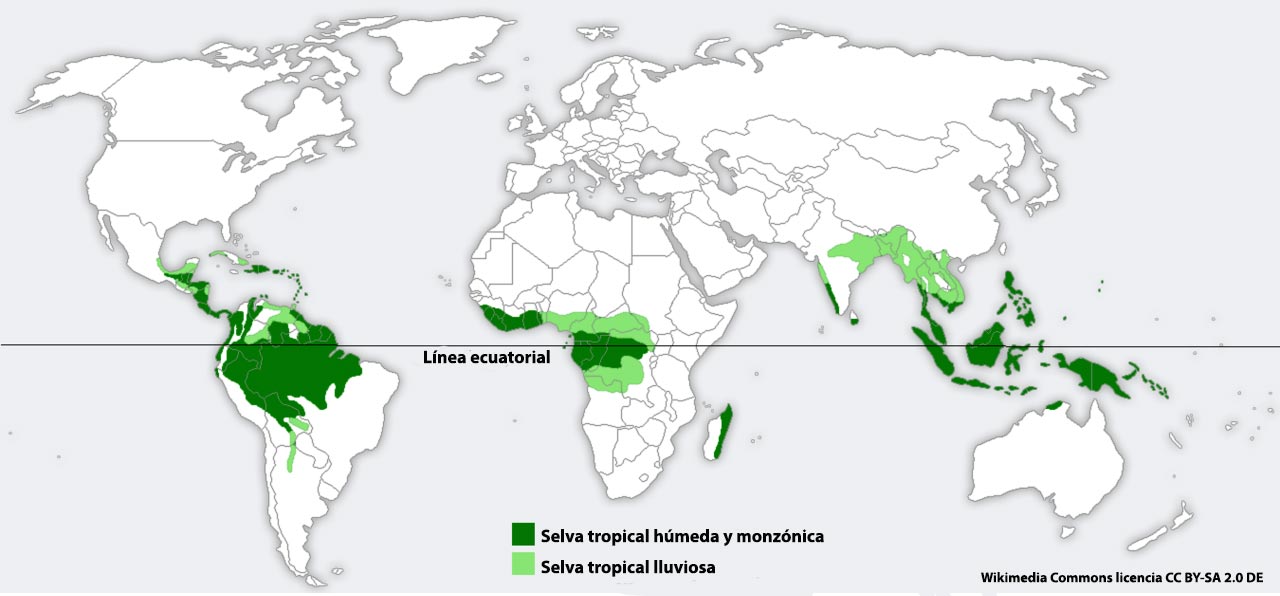
The tropical rainforest is a biome characterized by high temperatures and precipitation. They are located in the planet’s belt around the terrestrial equator, mainly in South America, Africa and islands of Southeast Asia. The Amazon rainforest is the largest tropical rainforest in the world.
What are biomes
Biomes are terrestrial and aquatic surfaces of the planet that have fairly uniform characteristics in terms of climate, flora and fauna. A biome is made up of a set of ecosystems of typologies corresponding to these surfaces or zones of the Earth.
The following is the biome of the planet’s tropical rainforests.
The three largest tropical rainforests in the world
The largest tropical rainforest on the planet is the Amazon rainforest.
2 Large-scale deforestation of the rainforest
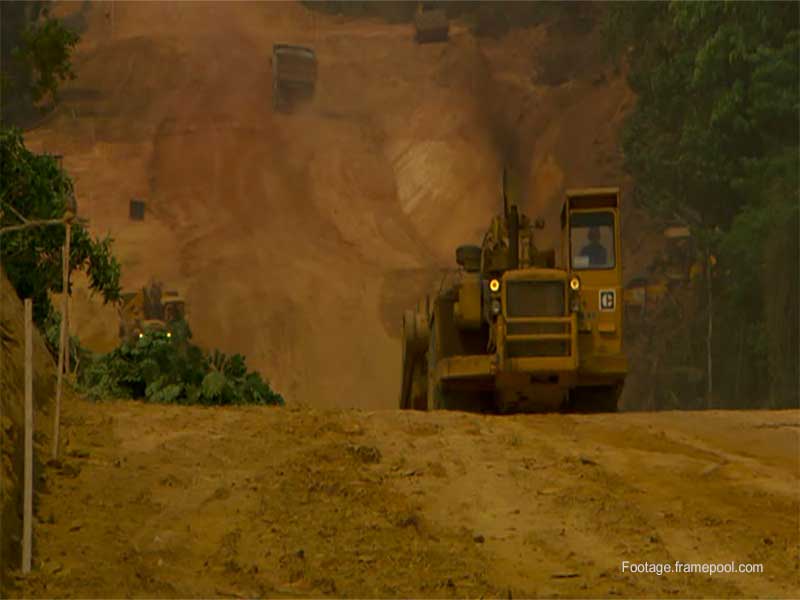
The Amazon River and its thousand tributaries make up the largest and most powerful river basin on the planet. Thanks to this enormous expanse of water, wetlands and swampy areas, the Amazon rainforest, known as the lungs of the world, was able to develop for millions of years. It is a system rich in biodiversity inhabited by tens of thousands of species, with hundreds of millions of trees and other plants that absorb water and then return it to the atmosphere in immense quantities of water vapor.
This mega transpiration forms the clouds, from which the vital liquid returns, partly precipitating on the rainforest itself, so that its forests maintain a constant humidity, and partly irrigating distant places such as the Andean mountain range and the Argentine pampas. This gigantic biochemical machinery gives us an idea of its importance and explains why it is called the “lungs of the world”, while at the same time it is worrying that it could disappear in less than half a century, as many scientists claim.
3 Decrise in trees reduces humidity and rainfall
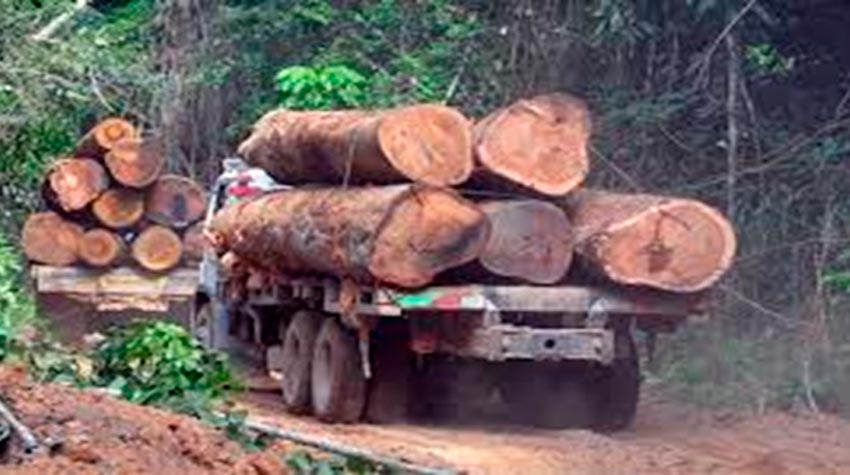
It is not difficult to imagine that if there is a decrease in the number of trees, the entire Amazon system and its areas of influence are modified, with multiple consequences. Habitats and species populations decrease. Fewer trees will also reduce transpiration and cloud formation. There will be less rainfall over the Amazon itself, but also over medium and even distant areas. As humidity decreases, drought and water scarcity will increase.
4 Water scarcity, drougths and desertification are increasing
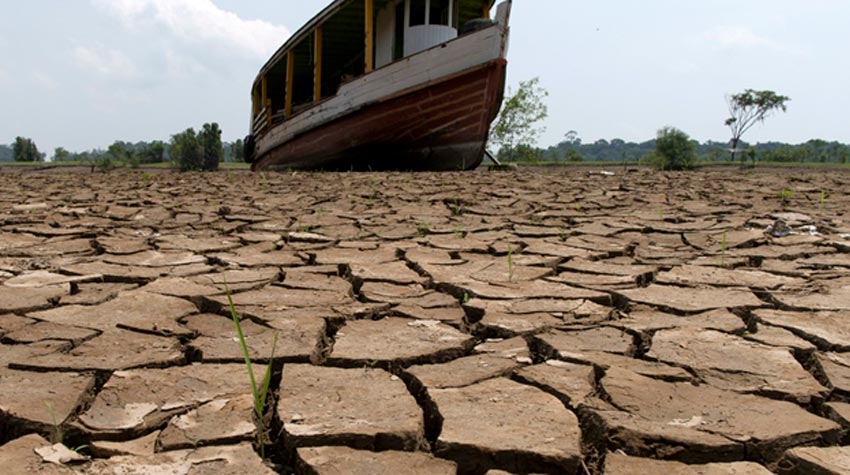
Today much of the planet suffers from prolonged droughts and water shortages. Massive logging is taking place not only in the Amazon, but also in the jungles of Borneo, Congo and other parts of the world. Droughts and desertification are on the rise. If deforestation is not regulated, these phenomena will increase to the detriment of the population. As rainfall cycles change, agriculture will also suffer. Not only will water shortages increase, but also food shortages.
5 Droughts increase duration and magnitude of wildfires
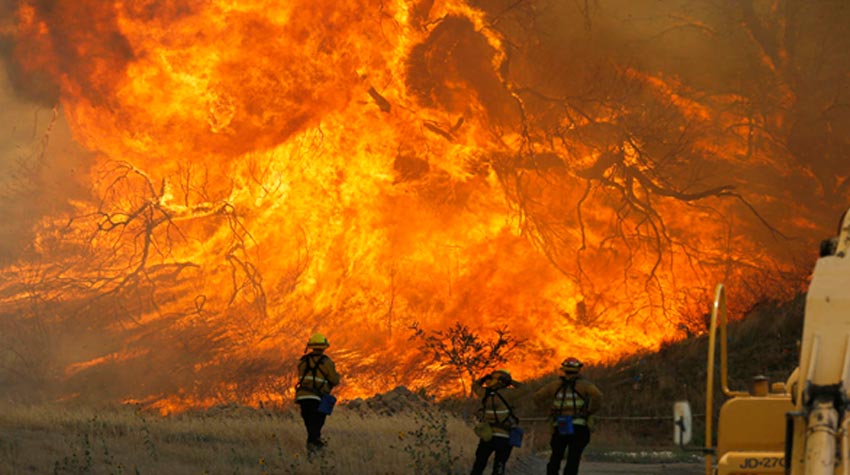
The main cause of mega vegetation fires is due to increased global warming, as confirmed by science. Warmer air leads to drought, which makes trees and other plants burn more easily. A fallen power line, a lit cigarette butt or a poorly extinguished campfire are just some of the things that start fires, but it is the drought that allows them to burn easily, spread rapidly and be difficult to fight.
Since the large-scale deforestation of the Earth’s forests began in the 1970s, humidity has been reduced in their areas of influence, rainfall is delayed, summers are longer and the environment is warmer than in previous times. These are common causes that have been observed in most of the mega fires recorded in the jungles and forests of the world.
August 9, 2019 was decreed by deforesters in the Amazon as burn day across the length and breadth of the rainforest, resulting in one of the largest fires in the history of the world’s lung. The fires caused worldwide stupor and made headlines for weeks, more so when it became known that the burning day was to “celebrate the lifting of the logging and burning veto” in the vast rainforest by the Brazilian government.
6 Fires cause new tree decline
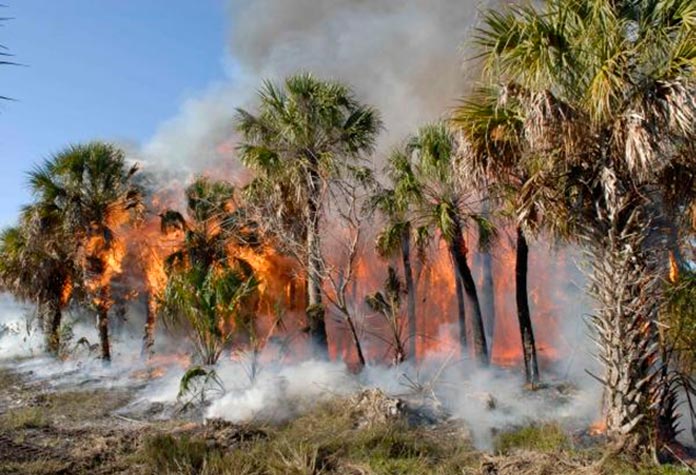
To the number of trees lost per year due to deforestation, we must add those lost due to forest fires.
It is a perverse circle: deforestation – loss of humidity – prolonged droughts – forest fires – new tree losses – continued deforestation. The cycle repeats itself year after year, aggravating the problem.
7 Emission of CO2 into the atmosphere / Air pollution from forest fire fumes
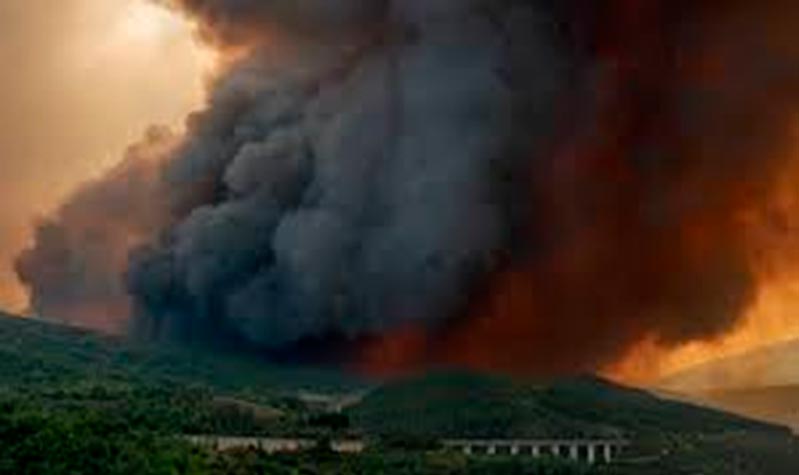
Most CO2 emissions come from the burning of fossil fuels by industry and transportation. However, the energy transition is on the right track, which is not the case with the deforestation of forests, the intensification of agriculture and the livestock industry, which are partly responsible for CO2 emissions, since it has not been possible to find a solution to regulate the felling of trees in the forests.
Another consequence of mega forest fires is the emission of dense smoke plumes, which are extremely harmful to the health of the local population. These toxic clouds can travel to areas far away from the fires, and in their journey affect numerous populations in their path, which in extreme cases have even circled the planet.
8 Reduced carbon sinks, reduced CO2 removal from the atmosphere
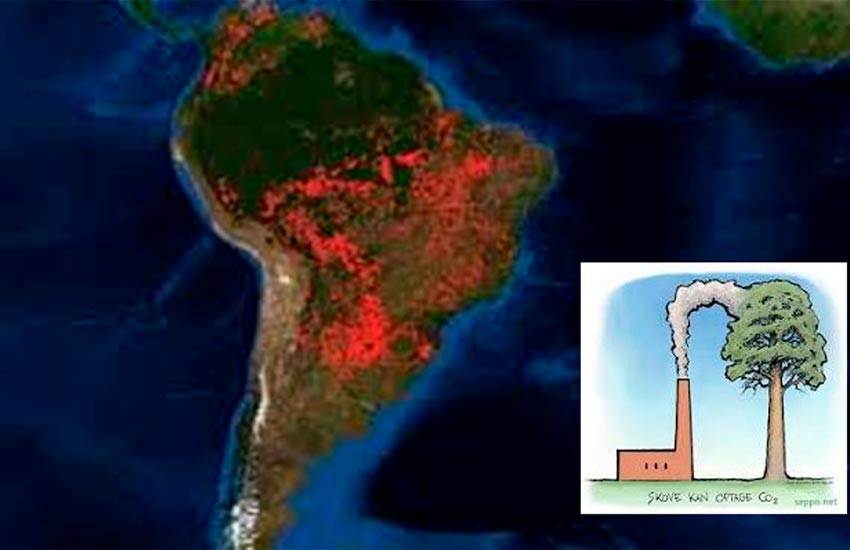
Carbon sinks are natural reservoirs on Earth whose function is to remove carbon dioxide from the atmosphere. The main sinks are found in forests, oceans and soils. If it were not for these, the planet would have an extremely high temperature, unsuitable for life as we know it.
In the case of forests, specifically the Amazon rainforest, thanks to its seven million square kilometers (12 times the size of Spain), its 80 thousand species of trees and 140 thousand species of plants, it is a formidable extractor of CO2 from the atmosphere. This is why it has earned the name “Lung of the world”.
Deforestation is eating part of this lung and thus contributing to the increase in the planet’s temperature. The plants, although they take oxygen from the air and re-enter CO2, the final balance, for now, is positive in favor of the extraction of CO2 from the atmosphere. If intensive logging is not stopped, the balance may become negative, as the sink function decreases, while global warming will increase and climate change will become more and more intense.
9 Local climate change occurs over time
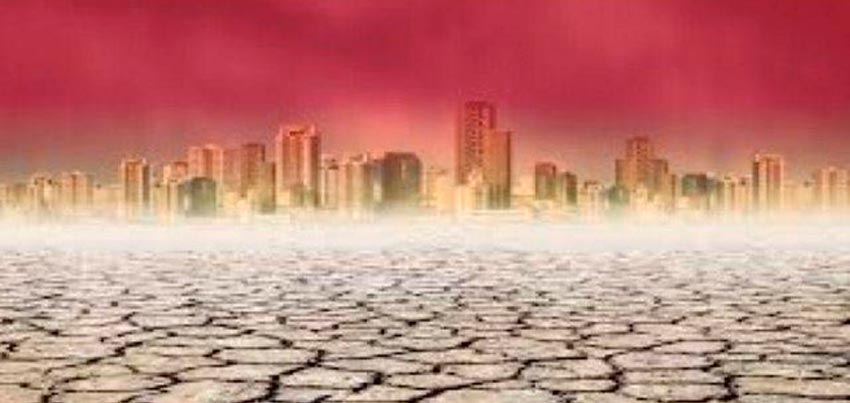
Local climate change exists. The most emblematic case was reported by Dr. Lisa Curran, a scientist who lived 20 years in Borneo and took note of everything she saw during her long stay. This example is very important for the purpose of this project, since the Borneo rainforest is considered to be the down of Southeast Asia and was hostilely deforested, starting in the 1970s. Before that the jungle was so wet that it was almost impossible to light a match. Then this changed and nowadays fires are almost permanent due to the dryness of the forests. The details of this case of local climate change can be seen in the link.
10 Global temperature increases
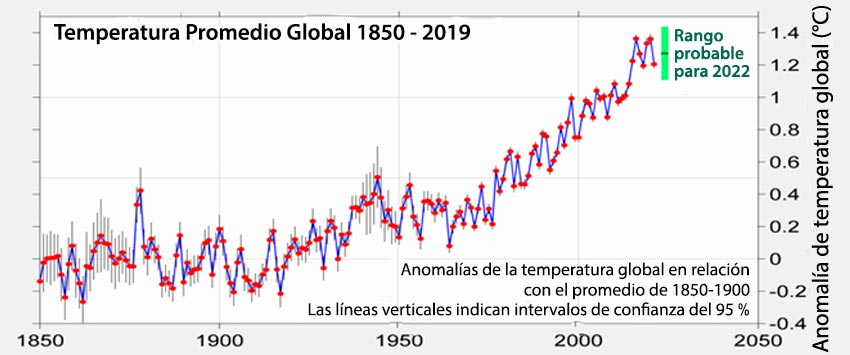
This graph shows the global temperature increase. Note that by the 1970s the curve steepens and shows a sustained trend. The three factors causing this are fossil fuel emissions, deforestation and ocean degradation.
11 Climate change on the planet is intensifying
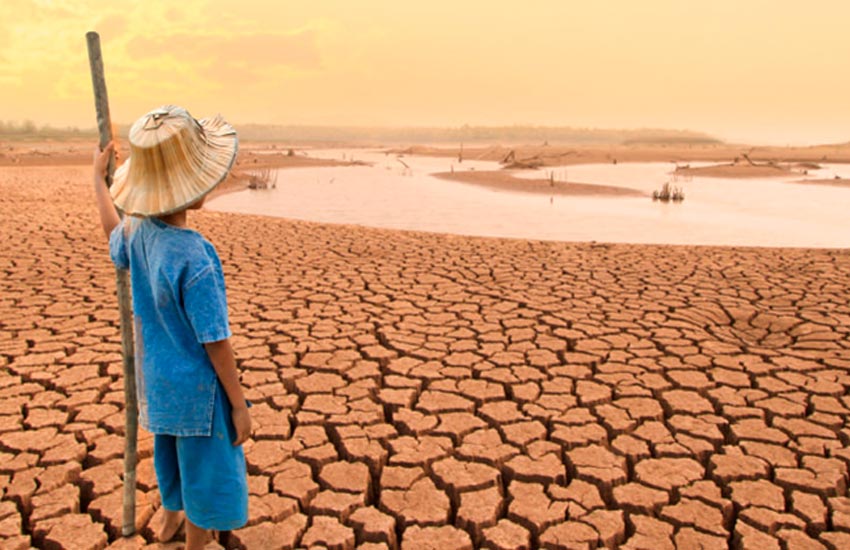
Climate change manifests itself through intense droughts, acute water shortages, mega wildfires, rising sea levels, express floods, melting glaciers and poles, catastrophic storms, declining biodiversity and 68% of the vertebrate population, i.e. mammals, birds, amphibians, reptiles and fish, according to WWF’s Living Planet Report (30 Oct 2018).
In August 2022, a huge forest fire broke out in France “that has destroyed thousands of hectares of forest and forced many people from their homes. Meanwhile, a combination of arid weather, extreme heat and strong winds have stoked wildfires in various regions of Europe, the United States and other countries around the world for weeks.” UN.
On May 3, 2022 DW published, “Desertification threatens some one billion people worldwide. The expansion of deserts is accelerating due to climate change and affects all continents” and asks, how can we recover sandy landscapes and green them?
12 The cycle is reptead every year with greater intensity

This simple drawing represents the cyclicality of the effects of deforestation, presented in this document. The twelve digits of our clock are repeated year after year.
Something similar to the succession of seasons in northern countries, except that this one belongs to natural phenomena. Whereas the effects of deforestation are cumulative. If we allow too much time to pass without managing to regulate intensive logging, the resulting damage will become increasingly difficult to reverse. Every year there will be fewer trees in the Amazon, less humidity, greater water scarcity, longer droughts, more aggressive fires, greater soil degradation, increased air pollution from smoke, increased heat on the planet and worsening effects of climate change.
